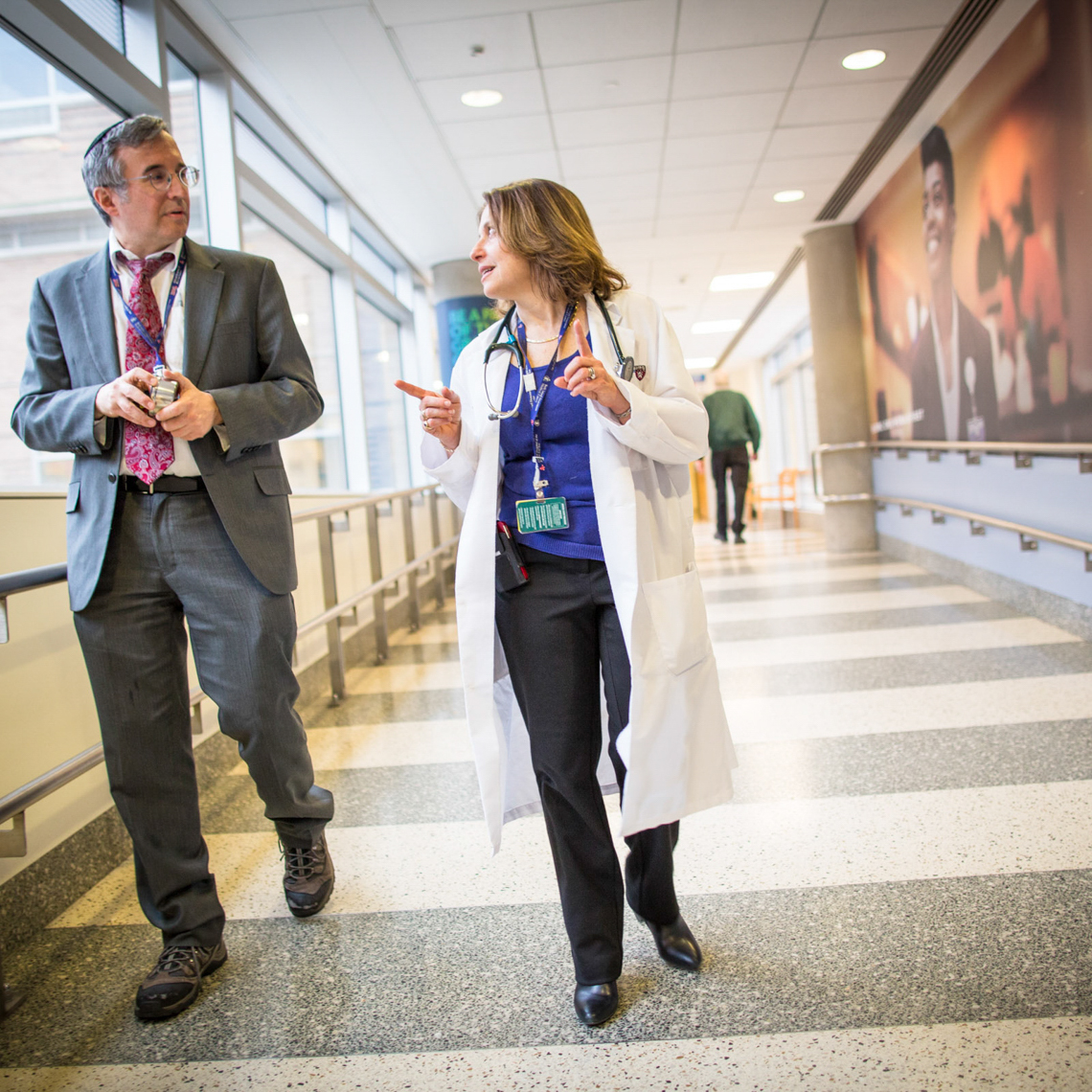Newsletter
Who’s Who in Health Care?
Aug 01, 2016

Use of the word “provider” to describe an ever-expanding list of individuals who deliver health care services is frequently challenged by… well, by an expanding list of people who deliver heath care services. In most cases, they want patients to see the uniqueness of their role—to not be lumped together with others performing different functions. This isn’t just a matter of pride, it’s a matter of safety.
Those raising these points (and counterpoints) are, however, more and more commonly working in settings no longer dominated by a single profession or a strict hierarchy. While their specific roles and responsibilities are (generally) discernable among peers and colleagues, patients stressed by illness, injury, or unfamiliarity may not be as clear. And even when a patient is clear about who is an MD, RN, CNP, PA, LPN, CSW, MA, etc., he or she may not fully understand the division of labor and responsibility. Such uncertainty can prompt patients to either a) direct all of their questions (from parking-to-pill taking-to payment) to a single person, or b) ask everyone about everything, repeatedly, thus raising the likelihood of increased confusion and risk on both sides of the health care encounter.
Your patients may not be the only ones unclear about who is sharing what with whom. If all of the clinicians, technicians, support staff (and even volunteers) your patients encounter fail to coordinate what is communicated to the patient, to each other, and to the medical record, then problems may ensue that will be hard to defend against allegations of negligence. In all settings, everyone who interacts with patients and their families—regardless of codified responsibilities—should be able to address or appropriately redirect questions or concerns in a manner that ensures that the continuity of care is uninterrupted by indifference, uncertainty, or misinformation.
Safe patient care requires teamwork: a shared understanding of goals, language, roles, and responsibilities. From the perspective of patients and their families, the terminology we employ when referencing members of that team should, first and foremost, service comprehension and safety. If you are not 100 percent certain that this is the case where you work, then identifying and closing those communication gaps is essential. Regardless of our degrees and job descriptions, we are all patient safety providers.
Additional Materials
- ‘Mid-Level’ and Primary Care ‘Providers’: Nomenclature That Stings
- Physicians are not providers: It’s time to wake the sleeping giant
- Thanks for the Compliment, but I'm Not a Nurse
- Patient Safety: Whose Responsibility Is It?
- Damn it Jim, I’m a doctor not a …
Recent Issues
EPL Industry Insight of the Month


When a Procedure is Anything but Routine

Documentation Best Practices

